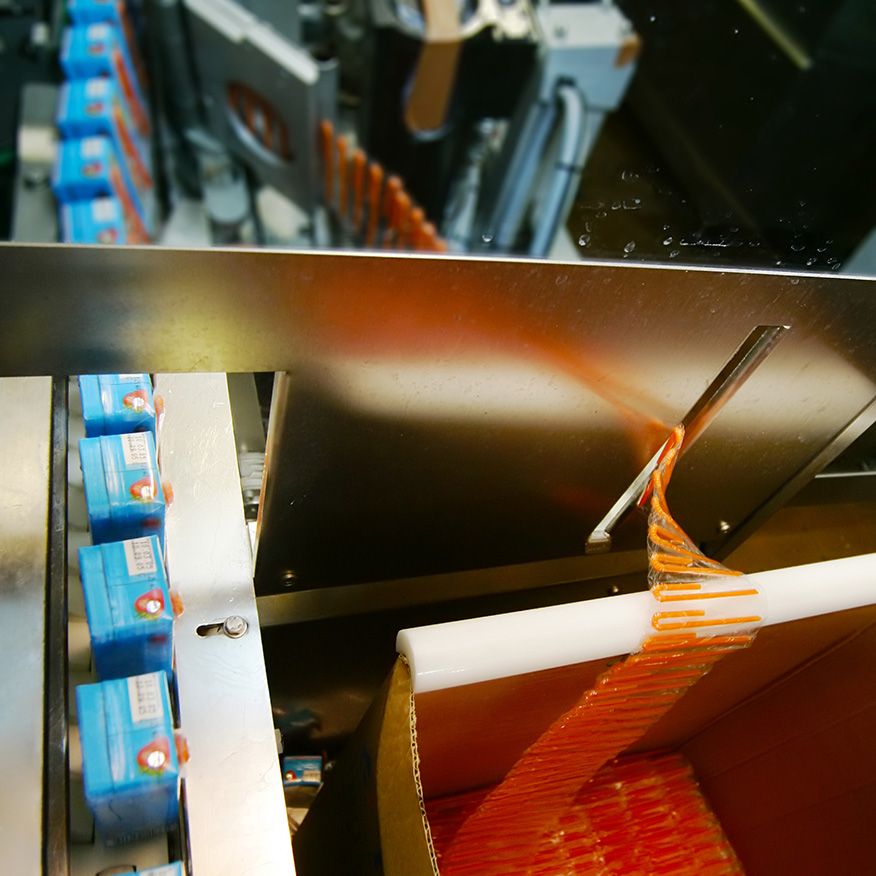Efficient packaging planning as an indicator of well running supply chains

Industry-specific requirements for primary and secondary packaging
In addition, there are numbers of industry-specific requirements to be met for primary and secondary packaging. This includes, for example, CLP regulation on the classification, labelling and packaging of chemical products (in addition to REACH), complex aspects of packaging serialisations in the pharmaceutical industry or the topic of “food grade” – packaging that comes into direct contact with food – and its strict regulations.
From the packaging manufacturer’s point of view, these are quite complex requirement to deal with. Not least because of the expectation that individual packaging solutions – even in minimal batch sizes and with an increasing number of individual orders – should be available in the company’s warehouse at any time and with only little lead time.
“Supply Chain Acts” in a number of countries drive the commitment to sustainability within packaging supply chains
In addition to strategic financial KPIs, sustainability efforts focussing on complying environmental and social criteria of supply chains become important corporate goals. With the help of S&OP (sales & operations planning) und APS (advanced planning & scheduling) software solutions, relevant information from sustainability perspective such as inventory management under best-before aspects, wastewater quantities or energy consumption can be accumulated, whereas the processed information –based on simulated and anticipated past and forecasting data – can be easily documented and used for sustainability audits.
Building a shared digital ecosystem: Vendor Managed Inventory (VMI) as a tool for cross-process and collaborative optimisation of the entire packaging supply chain
Especially in the pharmaceutical, life sciences and food industries, the complexity of packaging planning and logistics is constantly increasing due to the growing variety of articles as well as customer and country-specific adaptations of the packaging. This, in turn, makes production planning in terms of efficient capacity utilisation increasingly difficult for packaging manufacturers. In addition, pharmaceutical and food manufacturers often do not (or cannot) provide reliable – especially medium-term – forecast information.
With the exchange, analysis and storage of sensitive process chain data, both suppliers and buyers of packaging can benefit from this transparency. Packaging manufacturers can use this data to optimise their own processes right from the start, to source and plan materials at an early stage, to prepare tools and to plan production capacities. Vendor managed inventory (VMI) can be applied in very different ways and to very different degrees of integration.
A satisfied ORSOFT customer reports about vendor managed inventory (VMI) in the packaging industry

“VMI is widely used in other industries, but is rarely dealt with in the packaging industry. We specifically offer our customers to manage supply relation through a VMI process. This brings clear cost advantages to them. Our company positions itself as an innovative partner and achieves long-term customer loyalty. The experiences from the first projects prove us right and we will continue to pursue this path.”

